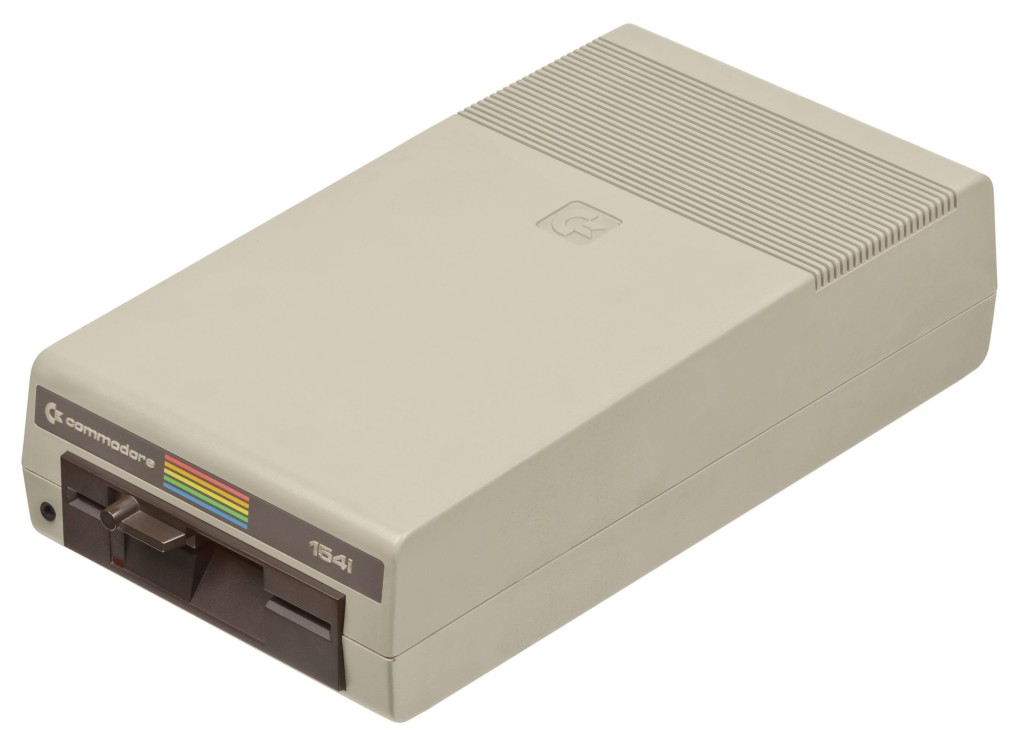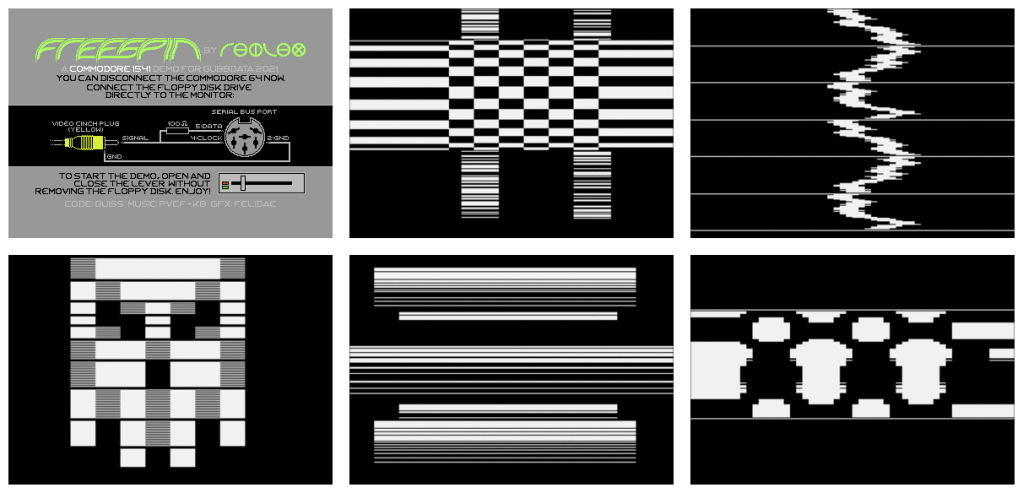Artists just did the unthinkable – make a complete audiovisual demo on just a 1982 floppy drive, without the computer. And it’s utterly beautiful.
Yes, “Freespin” is the first demo ever produced for the Commodore 1541, the 1982 floppy drive from Commodore. Think of it like doing a test drive on the Nürburgring except you only have one tire and leave out, uh, the car.
I mean, not that the Commodore 1541 is anything to sneeze at. Priced at US$399, it’d set you back US$1,113 in 2021 dollars, so about as much as a new laptop or flagship smartphone.
And it does have some specs of its own – a MOS 6502 CPU and 2 KB RAM, 16 KB ROM. Here’s the problem – that architecture is sort of busy, uh, being a floppy drive, not really spitting out pretty music and graphics.

So, okay, how do you get sound and image out of this thing?

The music is produced by the stepper motor. See: http://www.quiss.org/freespin/music.html for complete details. To work with that compositionally, artist Matthias Kramm and team worked with the motor’s frequency (which also impacts its loudness), adjusted the duty cycle of the pulse wave, worked with silence, and even messed with the natural resonance of the case of the floppy. They composed the work in Renoise, and provide the files so you can try this if you get your hands on a drive, too.
The serial bus generates the video. So this element actually uses the peripheral aspect of the floppy – they wired an analog video output directly to the serial bus normally used to connect the floppy to the computer. That way, you get black and white and sync pulses, which is enough to generate video. Modulating those signals gives you graphical patterns. Again, full details: http://www.quiss.org/freespin/raster.html

Even if you never imagine doing anything like this, it’s all a fascinating glimpse into raw, digital signal manipulation at its most fundamental. The sound is gorgeous, too; I hope they consider doing a more complete, high-quality recording.
Oh right and – it all still has to fit in a tiny space, so you have details like this:
Most parts in freespin had less than 256 bytes to spare for auditory entertainment. We spent a significant amount of time developing special compressors just for the music patterns. In the end, we had eight different compressors in use, most highly specialized to target a specific section of the music.
Matthias documents the project on their blog:
http://www.quiss.org/freespin/
It’s a fascinating read, end to end.
All from the sorts of people who make… skeleton go-karts, evidently: